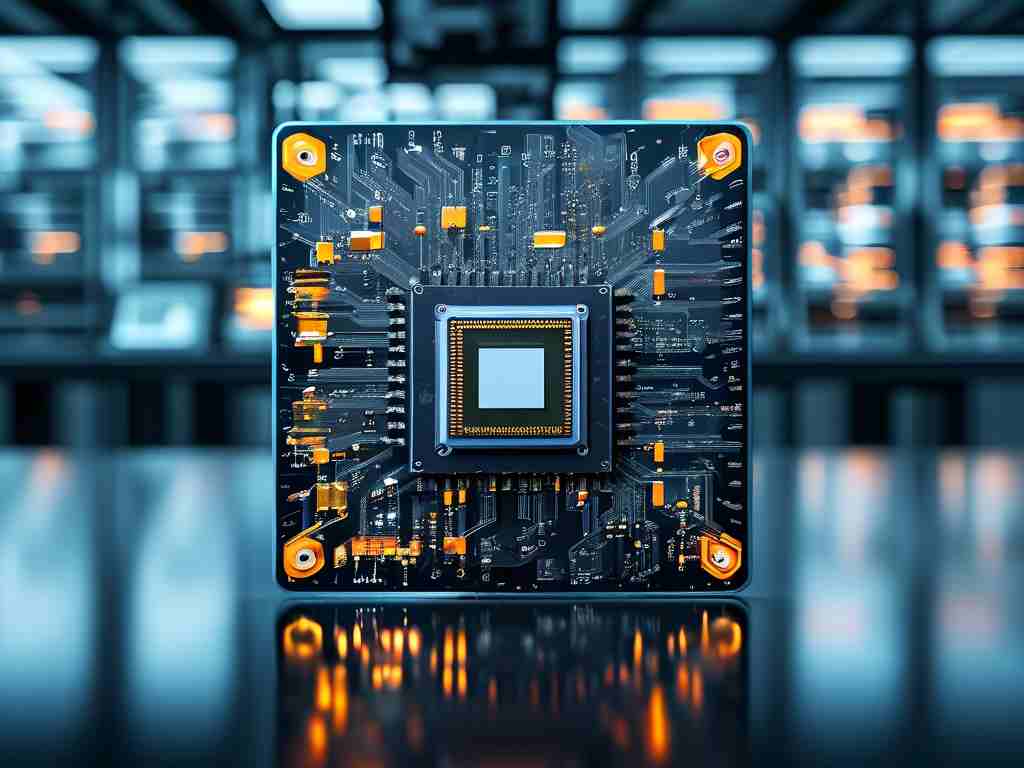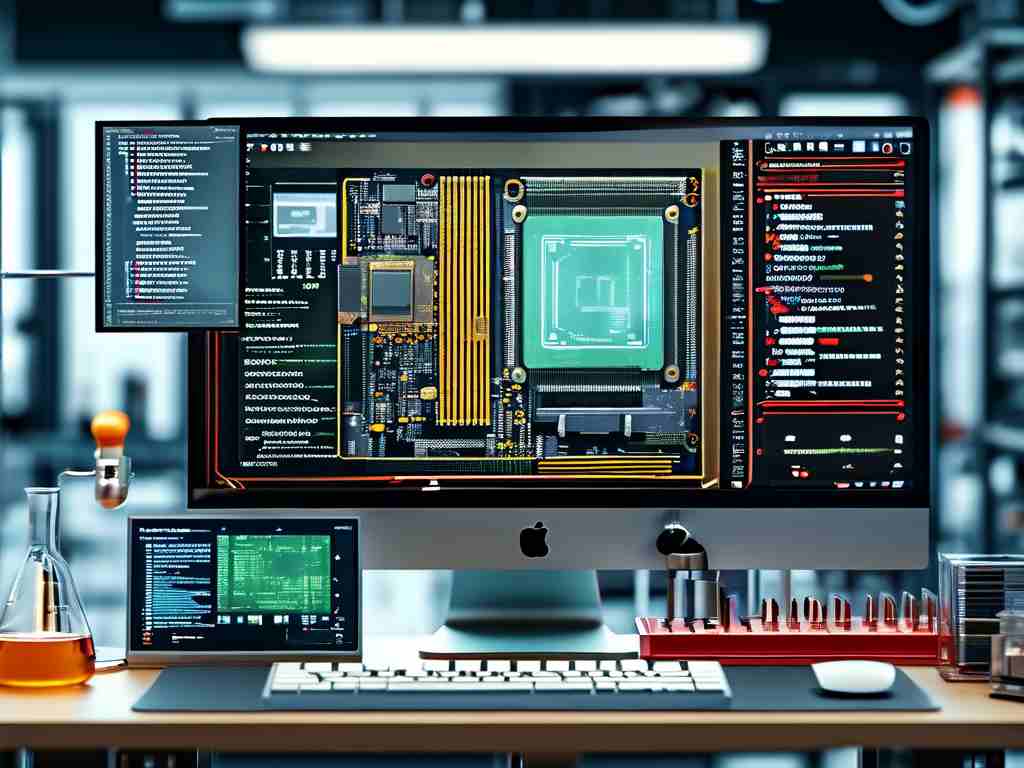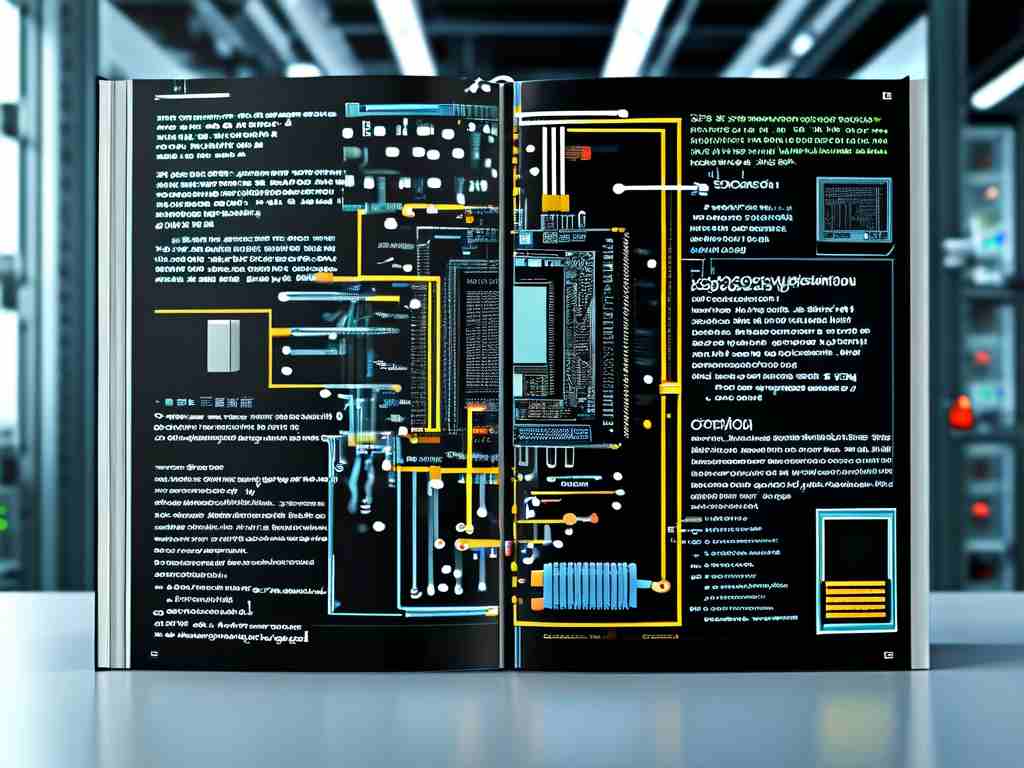The convergence of embedded software development and advanced chip architectures has become a cornerstone of modern technological innovation. As semiconductor manufacturers push the boundaries of processing power and energy efficiency, developers face both unprecedented opportunities and complex challenges in creating robust embedded solutions.

Hardware-Software Co-Design Imperative
Modern chip designs like RISC-V cores and heterogeneous multicore processors demand software architectures that leverage parallel computing capabilities. Consider this C code snippet for task distribution across ARM Cortex-M cores:
void task_allocator() {
#pragma omp parallel num_threads(4)
{
int core_id = omp_get_thread_num();
execute_core_specific_task(core_id);
}
}
This approach demonstrates how software must adapt to multicore environments, requiring developers to master both low-level hardware interactions and high-level concurrency management.
Memory Constraints vs. Functional Demands
While chips like ESP32 and STM32 series offer enhanced capabilities, their memory limitations (typically 512KB-2MB RAM) force developers to implement creative optimization strategies. Techniques such as memory pooling and static allocation have regained prominence:
#pragma BSS(".ext_ram")
static uint8_t video_buffer[102400]; // Allocate in external RAM
Such practices highlight the delicate balance between leveraging new hardware features and respecting embedded systems' traditional constraints.
Power Management Revolution
Advanced power gating architectures in chips like NXP i.MX RT1170 require software-level responsiveness. Developers now implement predictive power state transitions:
void power_manager() {
if (predict_idle_period() > 200ms) {
enter_deep_sleep(DEEPSLEEP_MODE);
reconfigure_clock_tree(WAKEUP_CLOCK_SRC);
}
}
This symbiosis between chip capabilities and software algorithms enables IoT devices to achieve multi-year battery life without sacrificing functionality.
Security Paradigm Shift
Modern secure elements like ARM TrustZone and Apple Secure Enclave demand fundamentally different software architectures. Developers must implement compartmentalized security models:
void secure_transaction() {
normal_world_call();
smc(SECURE_SERVICE_ID); // Secure monitor call
process_secure_response();
}
This architectural shift requires rethinking traditional monolithic embedded software designs into partitioned trust zones.
Toolchain Evolution
The emergence of specialized compilers like Arm Compiler for Embedded and IAR Embedded Workbench reflects the growing complexity of chip-specific optimizations. Developers must now understand:
- Instruction pipelining characteristics
- Chip-specific cache prefetch patterns
- Voltage-frequency scaling algorithms
These tools enable performance gains that were previously achievable only through hardware upgrades.
Future Convergence Trends
- Neuromorphic computing chips will require event-driven software architectures
- Photonic processors demand light-speed latency management in firmware
- 3D-stacked memory architectures necessitate vertical data flow optimization
The next generation of embedded developers must become fluent in both transistor-level physics and abstract software paradigms to fully exploit emerging chip technologies.
As semiconductor innovation accelerates, success in embedded systems development will increasingly depend on the ability to co-evolve software strategies with chip architectural advancements. Those who master this hardware-software symbiosis will define the next era of embedded computing solutions across industries from autonomous vehicles to medical implants.









